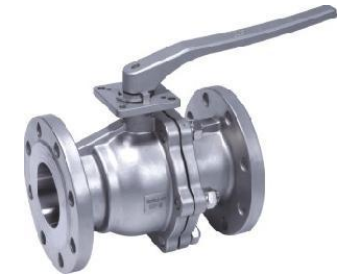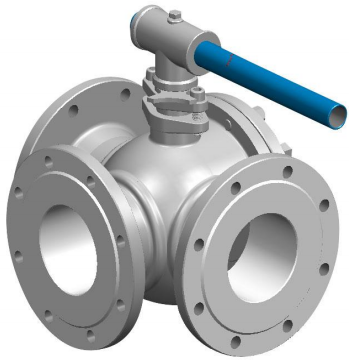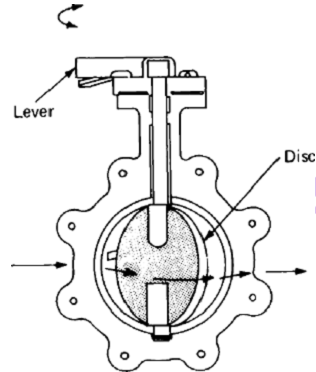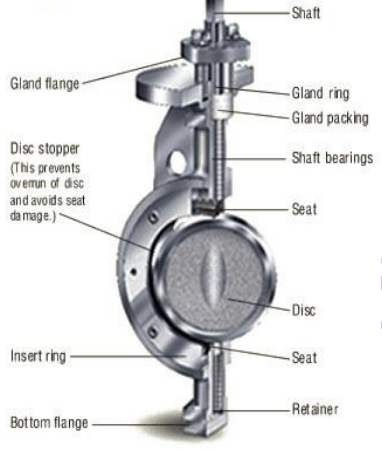Different types of Industrial Valves; Part1

In this series of articles, we intend to introduce various types of valves and provide a general and concise overview of their functions.
Given the widespread application of valves in various industries, we have elaborated on each of the valves introduced in this series of articles in more detail, which you can read about individually. The main goal of this series is to familiarize you with all types of valves so that by comparing them and understanding your needs, you can choose the specific category of valves that you require.
1-Ball Valve:
The mechanism of a ball valve is based on a sphere that has a port or hole in its center. When this hole is aligned with the flow direction of the fluid, the valve is open, and when it is perpendicular to the flow direction, the valve is closed. In fact, in this type of valve, the orientation of the sphere is changed by a lever. This means that the operator opens and closes the valve by rotating the lever according to the mechanism described. The user can determine whether the valve is open or closed based on the position of this lever.
Ball valves, sometimes referred to as quarter-turn valves, are used to start and stop the flow of fluids, and they also have an average capability for controlling flow intensity and changing the flow direction. The body of these valves is typically made of metal, although in some models, it has been changed to ceramic or even plastic. The ball inside the valve is usually made of metal and is covered with a chrome coating.

Where are ball valves located?
Some ball valves have a stop feature that only allows for a 90-degree rotation of the valve. In other types of ball valves that do not have a stop position, the valve can rotate 360 degrees. In both groups mentioned, a full 90-degree rotation is required solely for fully opening and closing the valve.

2-Butterfly valve:
A butterfly valve is a valve with rotary motion that is used to start, stop, and regulate flow. A 90-degree rotation of the lever in these valves causes the disc to transition from completely closed to completely open. This rotation also enables better and faster performance of these valves.

Larger butterfly valves are hand wheel. These valves have many advantages over other types of valves, which has led to their use when larger valves are needed. Their lightweight, reasonable cost, and smaller footprint are among the benefits of these butterfly valves. Additionally, due to having fewer moving parts and the presence of a chamber for trapping the fluid, which reduces corrosion, these valves also incur lower maintenance and repair costs.
Wafer Body:
This type of body is also referred to as flange-less. In this case, the valve fits between the flanges of the pipe like the filling of a sandwich! To secure the valve, long screws known as studs are used. These valves are very useful in areas where space is limited because they occupy less space.
Flanged Body:
In this case, the body of the valve is long enough to allow for the installation of bolts and nuts on both sides of the valve at the connection points of the valve flanges to the pipe flanges.
The body of butterfly valves can be coated with elastomeric materials, which not only provides resistance against pipe corrosion but also ensures a good and proper seal.

You Might Also Like
FAQs:
What is a wafer body?
A wafer valve or flangeless valve is a type of body for butterfly valves where the valve fits between the pipe flanges.
What is the angle of closure for the lever of the valves?
When the lever is perpendicular to the valve axis at a 90-degree angle, the valve is fully closed.
What is a quarter turn valve?
It is another name for butterfly valves, which is attributed to them due to the 90-degree angle of their lever when closed.